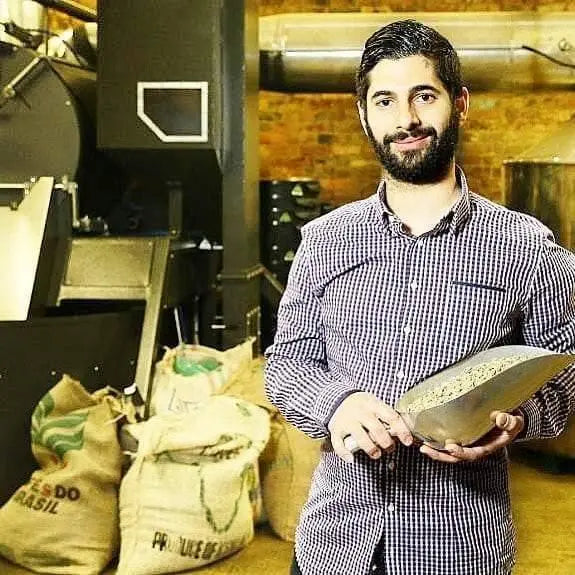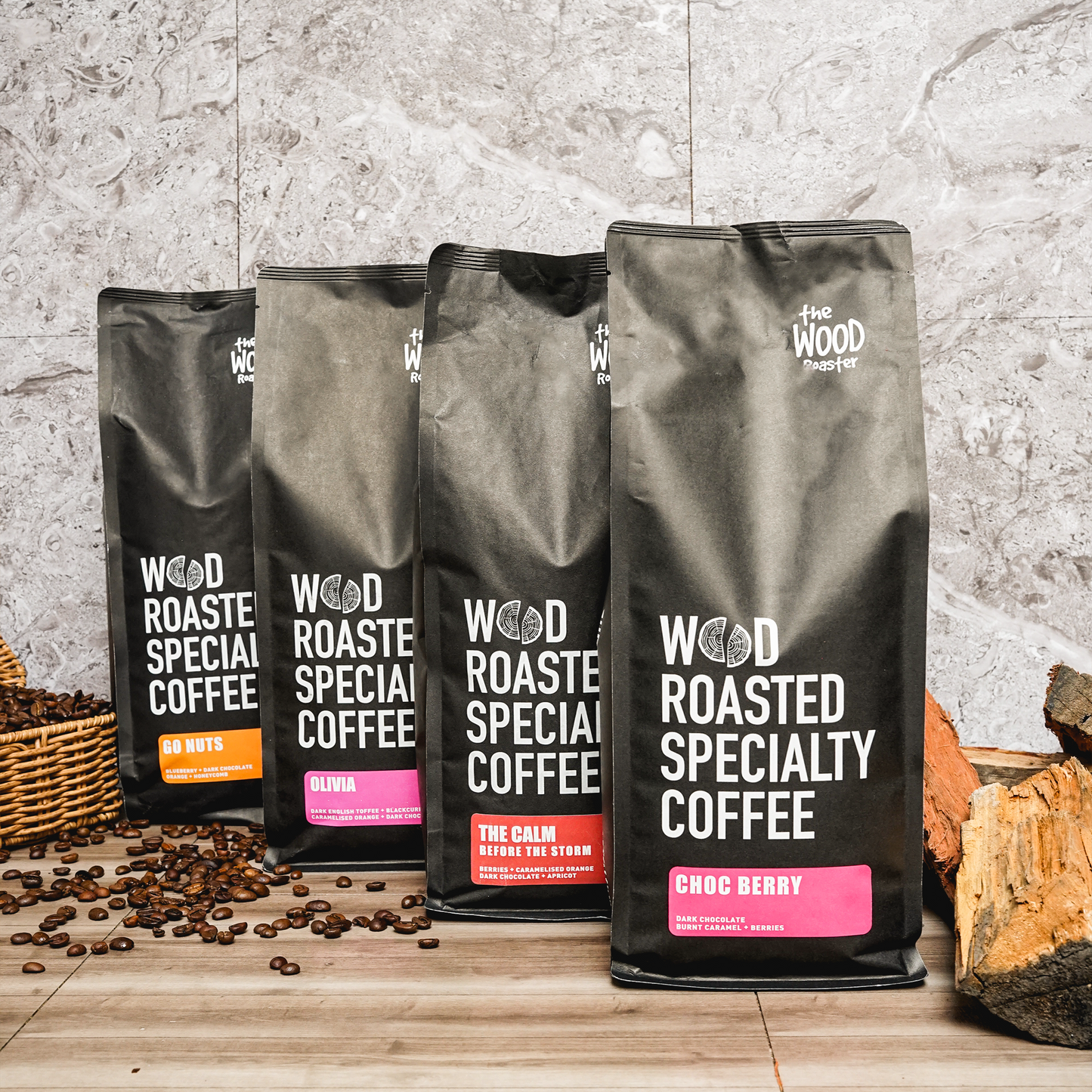
One of the greatest things about coffee is that anyone can prepare it. You don’t need to be a barista to roast a perfect coffee blend. With the right amount of knowledge and the basic equipment, you can roast coffee beans at the comfort of your home, perfect for that kick-starter beverage in the morning.
If you want to roast your own blend without having to spend too much money, here’s all you need to know about roasting coffee:
Introduction to Roasting Coffee Beans
The roasting process is essentially making the coffee flower bloom into something your taste buds will love. Coffee roasting is when you allow the beans to create a specific flavour profile, which you can control by manipulating the temperature and the duration of the roasting process.
In this stage, you can end up with a flavour profile that’s too smoky or too bitter, or something that’s light and smooth but lacks acidity and flavour.
Roast Degree
Colour is a big part of the process. It indicates the level of roasting that your beans have undergone. When roasting coffee, the colour of the beans will change, depending on how long the process is. Additionally, the temperature that they are being exposed to will also help them reach a certain roast level.
There are four types of roasting levels: light roast, medium roast, dark roast, and extra dark roast. Depending on the type of roast, your coffee will have a light brown appearance all the way to black.
The roast degree doesn’t affect the colour alone. It also changes the flavour profile depending on the roast level. Light roasts will have the most acidity and will taste too sour, medium roasts have a balanced flavour and acidity, dark roasts will taste a little spicy due to the smoking process, and extra dark roasts will have a smoky and bitter taste.
Roast Time
While the roast degree affects the distinct flavour of your coffee beans, the roast time will determine whether your coffee will create more aroma compounds. In this stage, however, the ultimate risk is burning the beans, which is why you need to figure out what your target aroma for your roast is.
Roasting slowly will give you more control over the acidity of your coffee beans. When beans expand though, they will start to harden, and this produces a release called chaff, which is what makes that hard, rocky texture when you drink coffee. It’s also known as coffee skin, and trying to remove chaff manually can be extremely difficult.
Cooling Process
After roasting, it’s important to cool the beans so that you don’t “overroast” them. The challenge in cooling is that you essentially can’t make the beans cool all of a sudden. For best results, you want to cool the beans within five minutes so that you don’t end up with a different roast than intended.
Conclusion
Roasting your own coffee beans can be done during your own time, at your home, and you won’t need to spend a lot just to get into roasting. You can also experiment with different types of roasts and the roasting process, giving you a much better idea of what coffee roasting is.
Looking for the best coffee products in Sydney? If you want to get into coffee roasting, try our award-winning coffee paired with the best roaster that will surely give you the loveliest coffee you’ve always wanted. Check out our products today to learn more!

